We've narrowed down a list of the best DSLRs on the market today
Thanks to the vast number of different DSLR cameras, it might be tough to pick the model that fits your budget and has all the features you need. Without a doubt, DSLR cameras have been a popular choice among photographers for many years now. Thanks to their excellent image quality and rich camera features, DSLRs have proven themselves to be the tools that many photographers rely on every day. So if you are trying to find the perfect tool to fit your needs, below is the list of best DLSRs available today.
While mirrorless is clearly the future of digital cameras (to see why, we recommend reading our mirrorless vs DSLR cameras article), DSLRs are here to stay. Most modern DSLR cameras offer superb image quality, incredibly fast autofocus performance, excellent ergonomics, rugged body build, manual control, long battery life and bright optical viewfinder that many prefer over electronic viewfinders found on mirrorless cameras.
The list of available lenses for DSLR cameras is also quite extensive from both camera manufacturers and third party lens makers – from ultra-wide angle all the way to super telephoto. Choices are truly vast and given how long DSLR cameras have been on the market, one can buy everything from a cheap classic to a modern lens with sophisticated design and coatings. In addition, camera manufacturers have been updating their popular DSLR lines quite often, which keeps them popular and competitive on the market.
One could argue that despite all the innovations that will be taking place in the mirrorless world, many photographers will continue to prefer DSLRs over mirrorless for their photography needs. For many, DSLRs are workhorses that simply get the job done, which is enough of a reason to keep using them.
Another great news is that with mirrorless technology taking over, DSLR cameras are cheaper than they have ever been. The vast number of options on the market have pushed prices below their historic lows, with brand new entry-level DSLRs pushing below $400 and full-frame cameras selling for less than $1500. And if you are willing to check out the used market, you can get them even cheaper. The same applies to DSLR lenses. If you are willing to settle for an older lens, you can get it at a fraction of a cost of a modern equivalent.
Best DSLR Cameras in 2020
We decided to put together a list of the best DSLRs to purchase in 2020, ranking them based on our personal experiences and preferences. Although the list is subjective, we hope that you join the discussion and let us know what you think. Without further ado, here are our top 10 picks for 2020.
1. Nikon D850
The DSLR camera that takes the #1 spot on our list is the Nikon D850 and for a good reason – it is arguably the most refined and technologically advanced DSLR Nikon has made.
Thanks to its 45.7 MP full-frame BSI CMOS sensor capable of capturing extreme detail and superb dynamic range, the Nikon D850 is a dream camera for landscape, architecture and studio photography needs. Coupled with a high-end autofocus system, low light autofocus sensitivity, an advanced 181,000-pixel RGB meter, fast EXPEED 5 processor and impressive 7 frames per second (fps) continuous shooting speed that can be extended to 9 fps with the MB-D18 battery grip and an amazing battery life, the D850 is also a formidable tool for photographing action, making it highly desirable for sports and wildlife photography. On the video side, 4K full frame video recording with the ability to output 4:2:2 uncompressed video via HDMI, slow motion video as well as 4K and 8K timelapse shooting capabilities make it a top choice for videography needs. And lastly, all the extra features such as focus stacking, tilting touch-enabled LCD screen, illuminated buttons, built-in WiFi and Bluetooth, weather sealed construction and dual card slots show that Nikon used everything in its arsenal to make the Nikon D850 a “do-it-all” versatile camera.
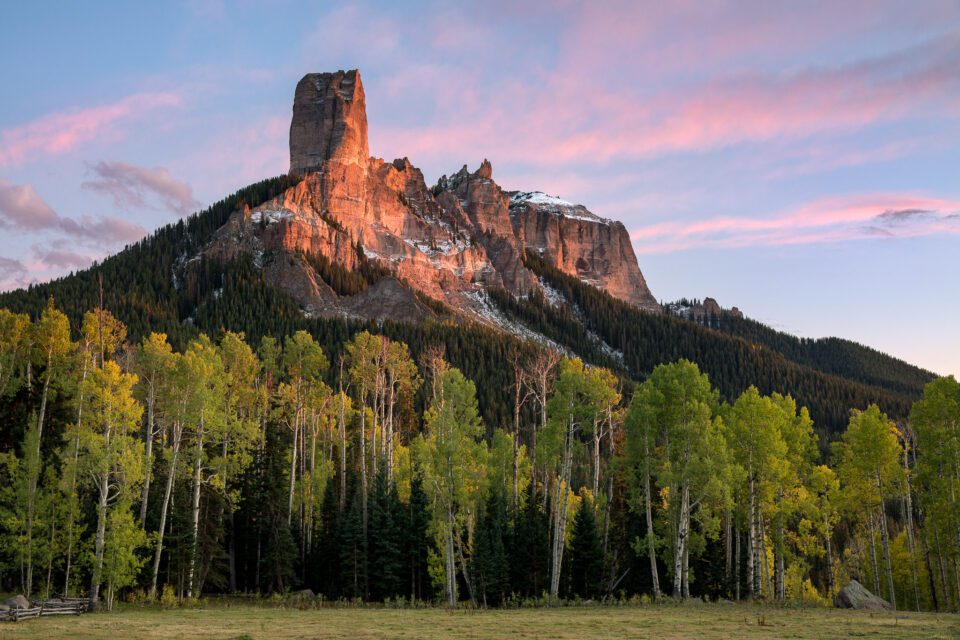
With the Nikon D850 announced in August of 2017, one would think that the camera would by now be in stock everywhere. Well, that’s certainly not the case – as soon as it appears anywhere, the stock is gone in no time. That’s how much demand there is for it and Nikon is having a hard time producing enough D850 DSLRs to be able to provide enough units for the market. While Nikon has had its share of successes with camera releases before, it seems like the D850 has become the most wanted Nikon camera since its announcement.
2. Pentax K1 II
The second best DSLR camera on the list is the Pentax K1 II. When I first tried out the original Pentax K1, I knew that Ricoh hit the high mark with the camera. Feature-wise, it ticked all the boxes and more – its 5-axis in-body image stabilization (IBIS), Pixel Shift that takes multiple images to create a single high-resolution image, as well as its Astrotracer feature that automatically compensates Earth’s rotation when taking images of stars proved that it was not just mirrorless cameras that delivered new and exciting technologies to cameras.
Although Ricoh only delivered very slight updates to the Pentax K1 II, mostly concentrating on existing features, it is still one of the most capable DSLRs on the market, offering a lot of value for its sub-$2K price tag. My only gripe with Pentax at the moment is the limited lens selection – with only about 14 modern lenses to choose from, Pentax needs to put a lot more effort into lens development in order to make it a truly appealing DSLR system…

3. Nikon D810
Although the Nikon D810 has already been replaced by the D850, it is still an excellent DSLR choice for those who don’t need more than 36 MP of resolution and all the extra features that come with the new D850. Around $500 cheaper than its replacement, the D810 is still widely available at most retailers, and if you are looking for a real bargain, you can check out used ones on sites like amazon..
Having used the Nikon D810 for four years now, I have to say that it is tough to find anything to complain about. I have traveled with this camera all over the world, used it in all kinds of weather conditions – from sandy dunes to sub-zero temperatures at high elevations, and it has never failed me once.

In fact, when the Nikon D850 was released, I asked myself if it was worth moving up to it, especially given that I always try to skip at least one generation of cameras before upgrading. After weighing all the pros and cons, I decided to keep my D810 and keep shooting with it. And I don’t regret making that decision even for a second!
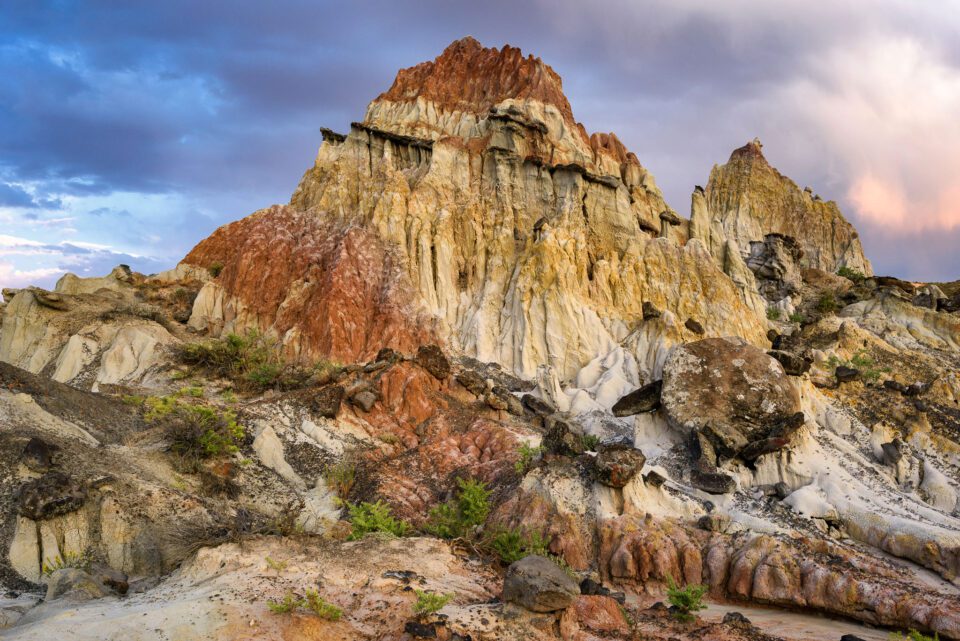
If you would like to find out more about the Nikon D810, as well as many more image samples, check out our in-depth Nikon D810 review.
4. Canon 5D Mark IV
While some photographers might want to dismiss Canon DSLRs for having less dynamic range or less features when compared to other DSLRs on the market, most of them simply have never used Canon 5D-series cameras in the first place. Personally, I have shot with every Canon 5D-series DSLR since 5D Mark II and I have to say that I found these cameras to be top notch, very comparable to their Nikon counterparts. Sure, there might be differences in resolution and dynamic range in favor of Nikon, but at the end of the day, the success of a camera system is not determined by one or two such factors.
With its 30.4MP sensor capable of yielding superb image quality (even at high ISO), an advanced 61-point AF system, 7 fps continuous shooting speed, 4K video recording, built-in WiFi / GPS and superb Dual Pixel AF when using Live View, the Canon 5D Mark IV is a formidable tool for enthusiast and professional photographers. Despite all the advancements we have seen with mirrorless cameras during the past few years, it is hard to find a camera that can focus as reliably when shooting video as the Canon 5D Mark IV (and other Canon cameras that have the same Dual Pixel AF feature). Canon simply nailed it there.
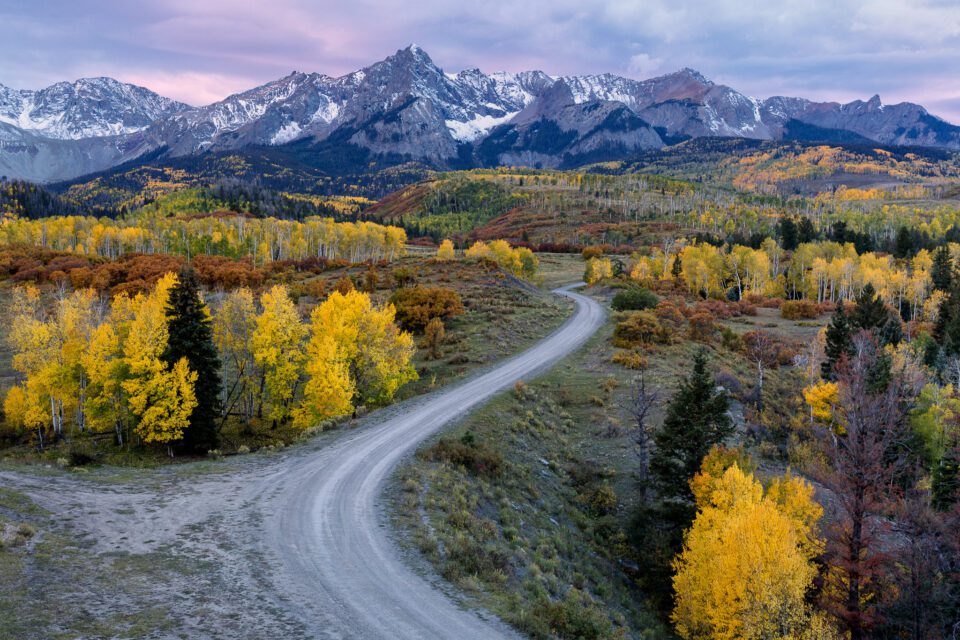
If you already own Canon glass and you are thinking about moving up, the 5D Mark IV is definitely worth looking into.
5. Nikon D750
If you don’t need 36+ MP of resolution and you want an excellent balance of features vs price, the Nikon D750 is another full-frame camera from Nikon that we wouldn’t hesitate to recommend to our readers. Although it might look a bit dated by now, I believe that the D750 has a lot to offer for both enthusiasts and pros. In my opinion, it strikes a great balance of features, sensor resolution, image quality, ergonomics, excellent autofocus system and price among current Nikon DSLRs. In short, the Nikon D750 is a great all-around machine that can be used effectively for most photography needs. As a result, it takes the #5 spot as our top DSLR recommendation.
Personally, I loved the Nikon D750 so much, that I ended up purchasing two of them for my photography / videography business needs. That’s the camera that our team used for shooting most of our video tutorials, as well as other content that has been posted at Photography Life.
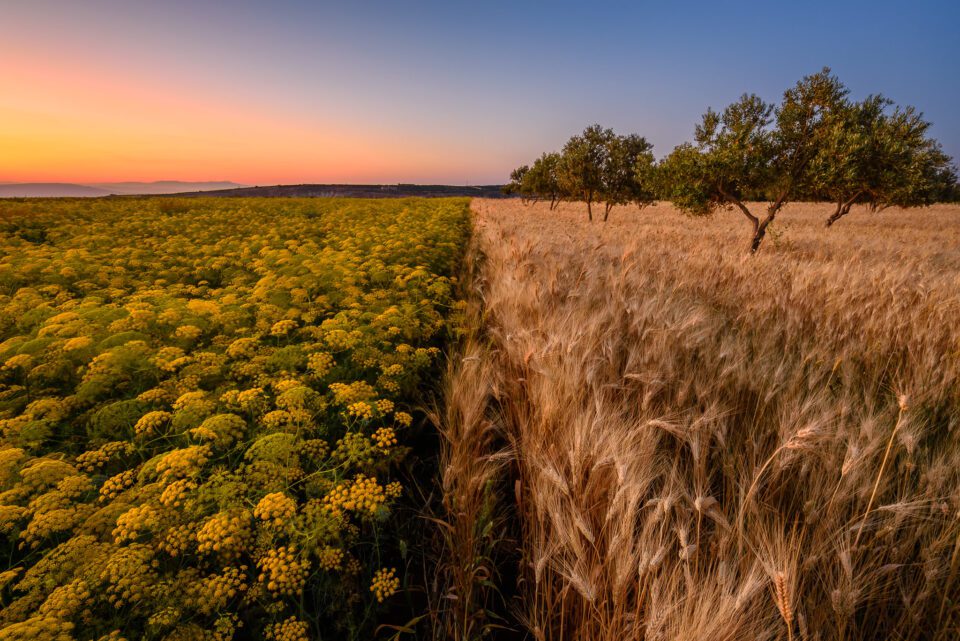
Aside from the relatively small buffer size and perhaps more up-to-date video features (4K+ video shooting), it is hard to find anything else to complain about. Nikon did an excellent job with the D750 and many Nikon shooters are waiting for the next update that will make the camera even more competitive in this segment (especially when compared to its mirrorless counterparts).
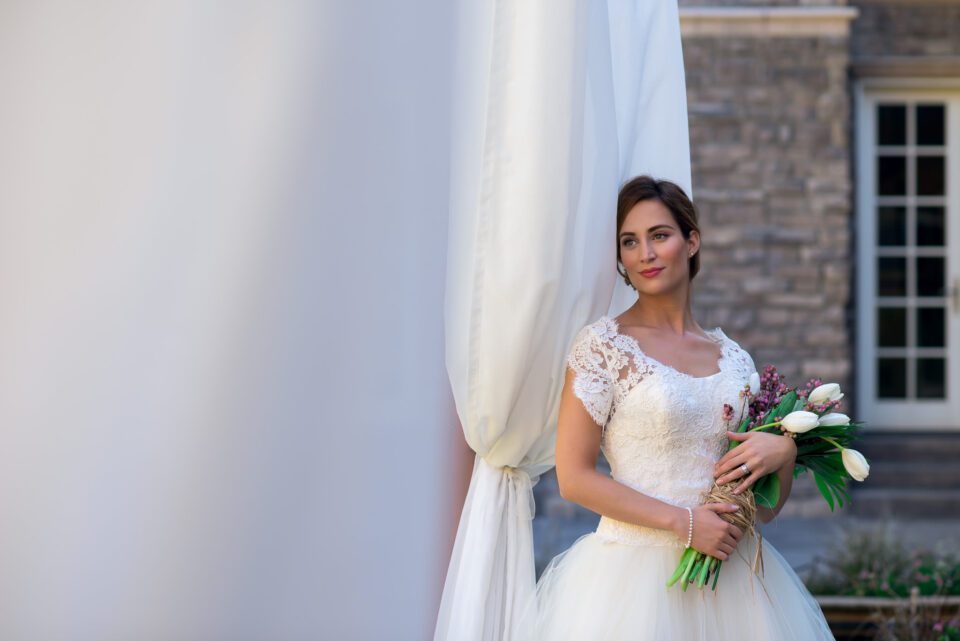
6. Canon 6D Mark II
When the Canon 6D Mark II was released, many online critics dubbed it as one of the worst camera releases in Canon’s history. It didn’t seem to offer many modern features photographers and videographers were expecting to see such as 4K video shooting and improved dynamic range, and it didn’t seem to be able to compete with its competitors on the market. However, for many Canon 6D shooters out there who wanted to upgrade their cameras, the Canon 6D Mark II was a highly desired choice, thanks to more resolution (26.2 MP vs 20.2 MP), faster continuous shooting (6.5 fps vs 4.5 fps), much more capable autofocus system (45-point all-cross type AF vs 11-point AF with single cross-type sensor), fully articulating touch-enabled LCD, built-in GPS/WiFi/Bluetooth, and most importantly, Dual Pixel AF for very accurate face detection and tracking when shooting video.
In fact, the Dual Pixel AF on the Canon 6D Mark II turned out to be so good, that it made the camera a top favorite for many vloggers on YouTube. With its $1600 price tag, the Canon 6D Mark II offers the best value for many Canon photographers and videographers, which is why we decided to put it as #6 on our list of top DSLR cameras on the market.
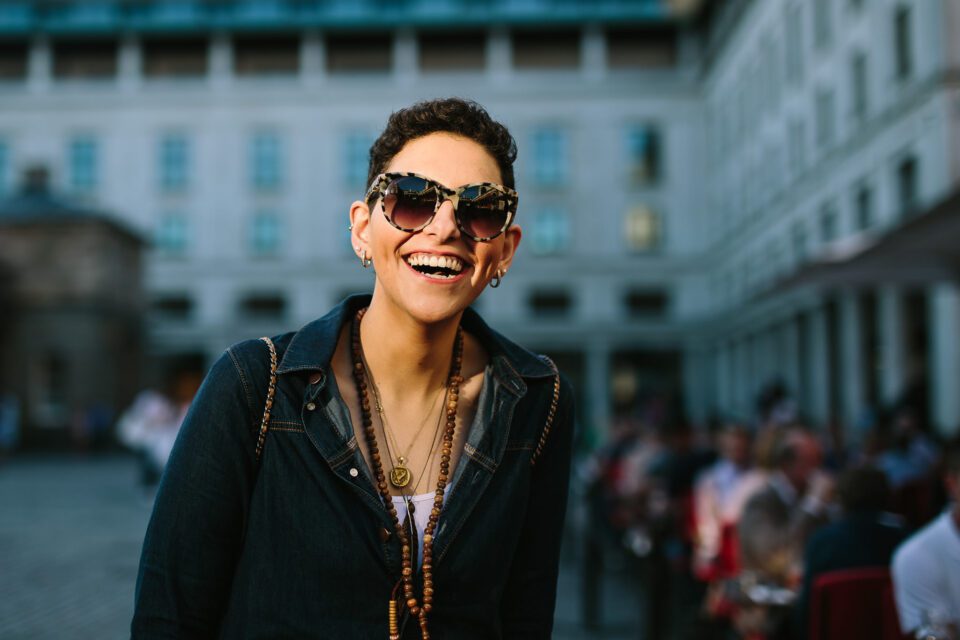
7. Canon 5DS R
After the Nikon D810 and Sony A7R / A7R II cameras were released, many Canon shooters were quite unhappy about the fact that Canon did not offer any high-resolution camera for landscape, macro, studio and product photography needs where resolution is important. Canon’s response to this was the 5DS / 5DS R cameras that offered 50.6 MP resolution – more than any of the competitors at the time. Interestingly, even today in 2020, the Canon 5DS / 5DS R cameras still offer more resolution than almost any other full-frame camera on the market!
While the Canon 5DS / 5DS R might not have modern video features such as Dual Pixel AF or 4K video shooting, those who use these cameras argue that it is not what the camera was designed for. Canon shooters who need lots of resolution continue to use these cameras for their needs and they are waiting for the company to deliver the next iteration of the resolution monster.

It is important to note that the only difference between the Canon 5DS and 5DS R is the low-pass filter. If you are not going to be taking pictures of highly detailed subjects (such as shirts, dresses, etc), I would recommend to go with the Canon 5DS R, as it would result in more detailed images.
8. Nikon D500
Without a doubt, the Nikon D500 was one of the most anticipated camera releases in Nikon’s history. With so many sports and wildlife shooters wanting a fast APS-C camera with pro features and a pro-build, they wouldn’t leave Nikon alone until the company finally made it happen, delivering everything they were asking for. As a result, the Nikon D500 became an instant success among many Nikon photographers.
Thanks to its incredibly fast autofocus system taken from top-of-the-line Nikon D5, fast continuous shooting speed of 10 fps, a huge buffer capable of fitting up to 200 RAW images, fast EXPEED 5 processor, accurate metering system, and excellent low-light performance, the Nikon D500 is our top pick among APS-C DSLR cameras.
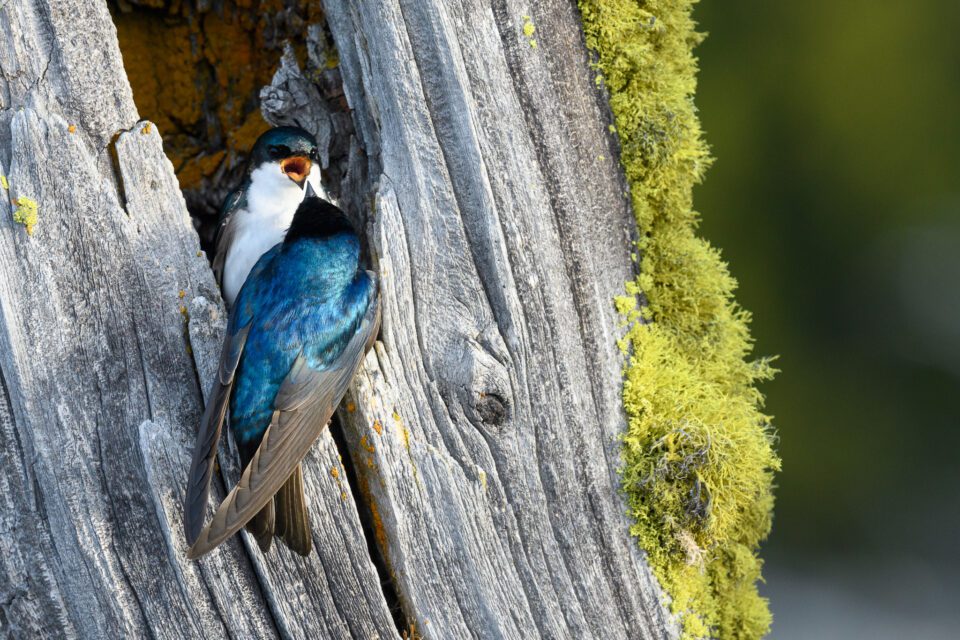
Add excellent Nikon ergonomics, a beautiful high-resolution LCD, 4K video shooting and a beefy battery that allows shooting over 1200 shots on a single charge, and you can see why the Nikon D500 tops any other APS-C camera on the market for shooting any kind of action. It is a bit pricey with its $1900 MSRP price tag, but that’s what you pay to get a top performing action camera.
9. Nikon D7500
If the price of the Nikon D500 is too steep for your budget, you might want to take a close look at its smaller brother, the Nikon D7500. With a price difference of $750, the Nikon D7500 offers the same resolution sensor and the same EXPEED 5 processor, so you can expect to see very similar image quality. And it certainly delivers there.
While the Nikon D7500 is limited to 8 fps (vs 10 fps on the D500), has a relatively small buffer of 50 RAW images, a single SD memory card slot, older 51-point autofocus system and an inferior overall build, if those features are not particularly important for your needs, you might be better off getting the D7500 and putting the difference towards buying a high-quality lens instead.
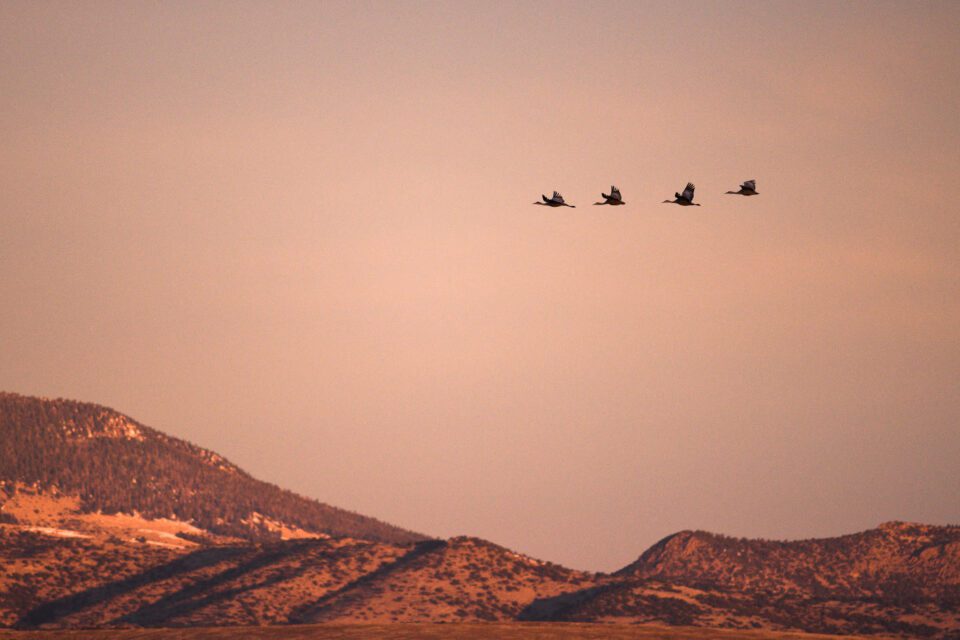
10. Canon 7D Mark II
Last, but not least, is the Canon 7D Mark II. While it has been a while since Canon updated its action photography camera, it still remains as the top action photography camera for Canon shooters out there, thanks to its fast continuous shooting of 10 fps, excellent 65-point all cross-type AF system, great high ISO performance and superb ergonomics.
It would be great if Canon updated the camera with newer technology such as 4K video recording features, a larger buffer that can accommodate more than 31 RAW images, faster media type, an articulating high-resolution LCD touchscreen and superior battery life to make it competitive with the Nikon D500. It has been almost four years since the Canon 7D Mark II was released, so it is time for Canon to deliver the next iteration of this popular camera.





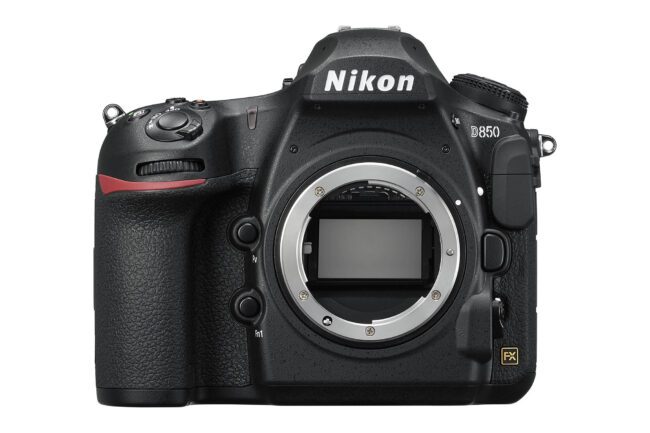
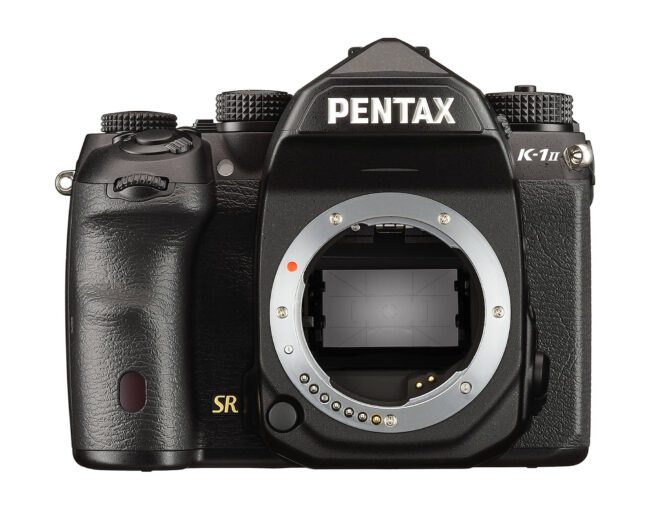
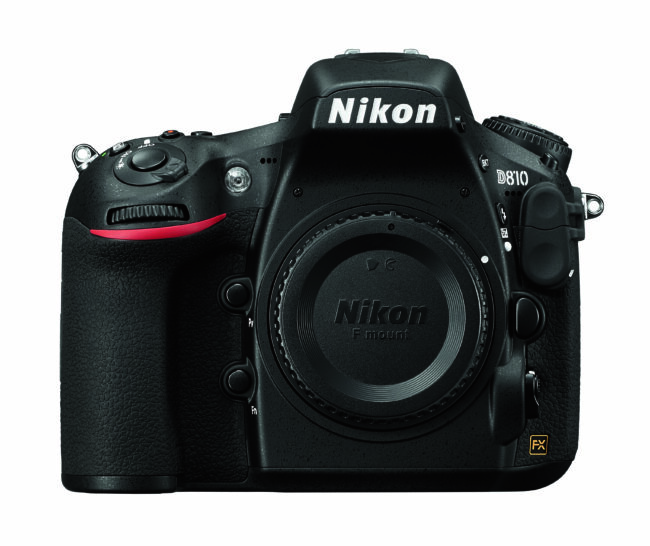
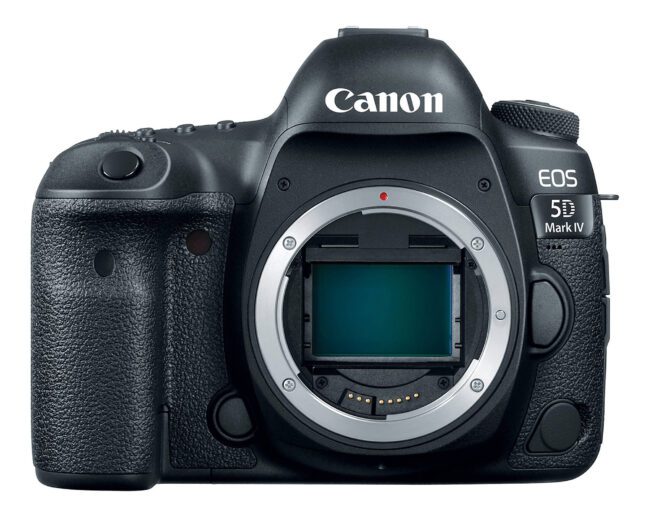
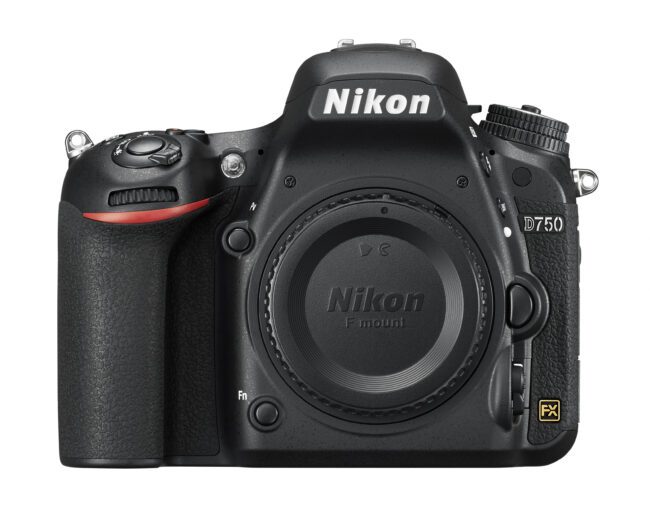
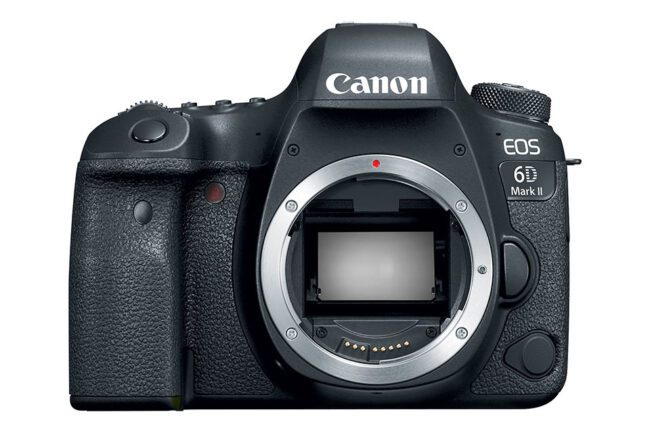
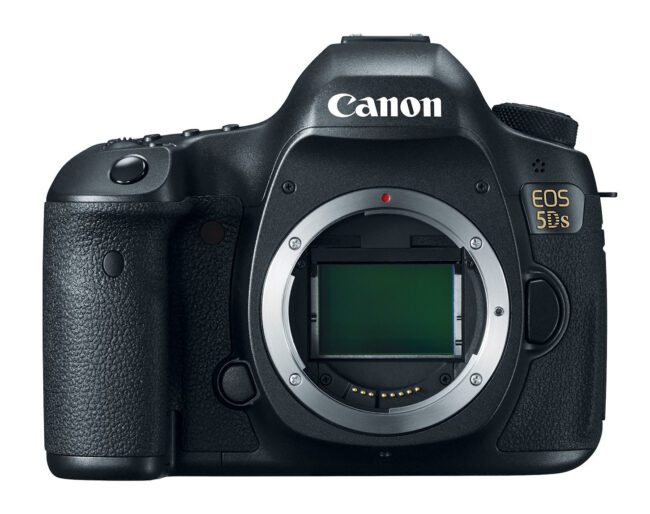
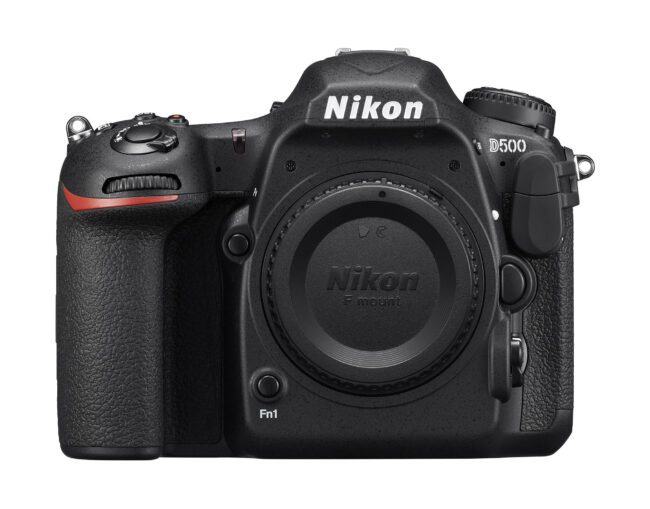



0 Comments